Google My Business is updating Google Posts to allow brands to highlight glowing reviews from customers.
With the new update, you can feature 4 to 5 star reviews that have been left on your listing.
As Google said in the announcement on Twitter:
“In some countries, Google My Business now provides suggested posts to help you showcase positive reviews. These posts are automatically suggested based on 4 or 5-star reviews recently left for your business”
“You may get suggestions for new testimonials to post when you sign in to Google My Business, or via email notifications. These posts are automatically suggested based on 4 or 5-star reviews recently left for your business. You’ll be able to review and edit the post before publishing it.”
You can see a few examples of what the new post format looks like from Twitter user Andy Simpson below:
Yes, and this is what it looks like once it's posted….and the image/text fits nicely on desktop and mobile! @GregGifford @rustybrick @clairecarlile pic.twitter.com/F2lIR4sgn1
— Andy Simpson 🔍 (@ndyjsimpson) April 19, 2019
While it is unclear exactly which countries aside from the US have access to the feature, the update brings yet another way to make your local search listing more visible and engaging for users.
As always, Google Posts showcasing your reviews remain visible for one week unless you manually remove or edit the post.

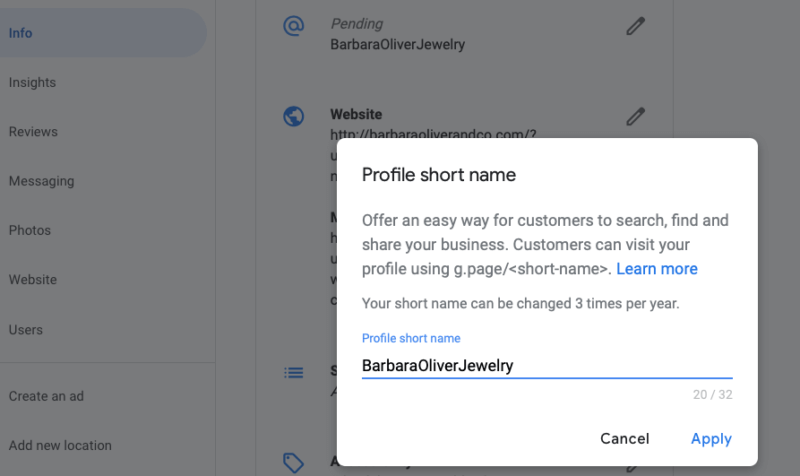
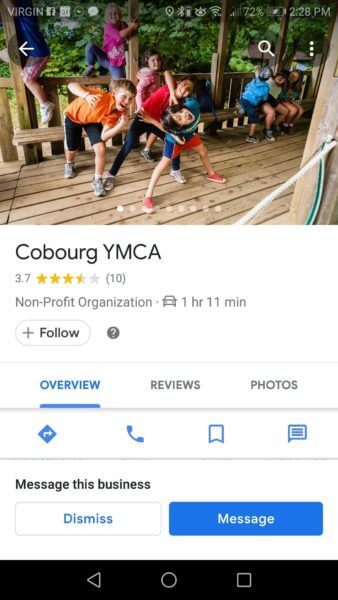
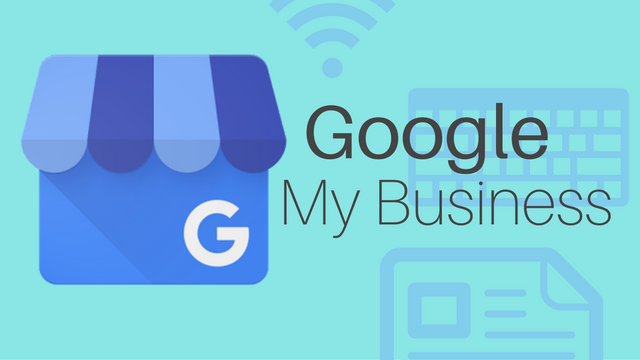

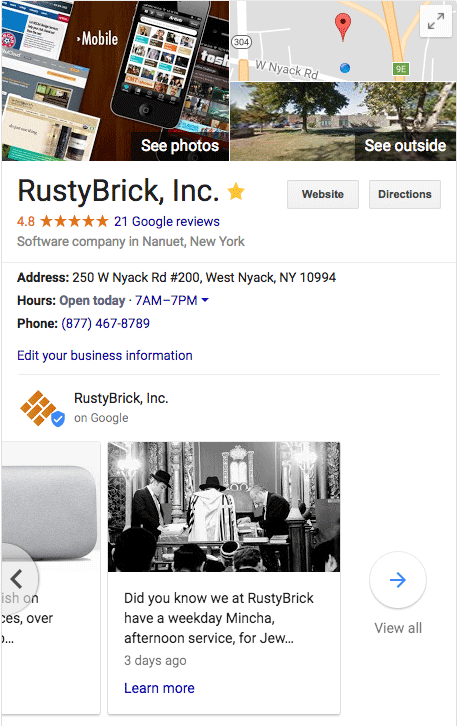
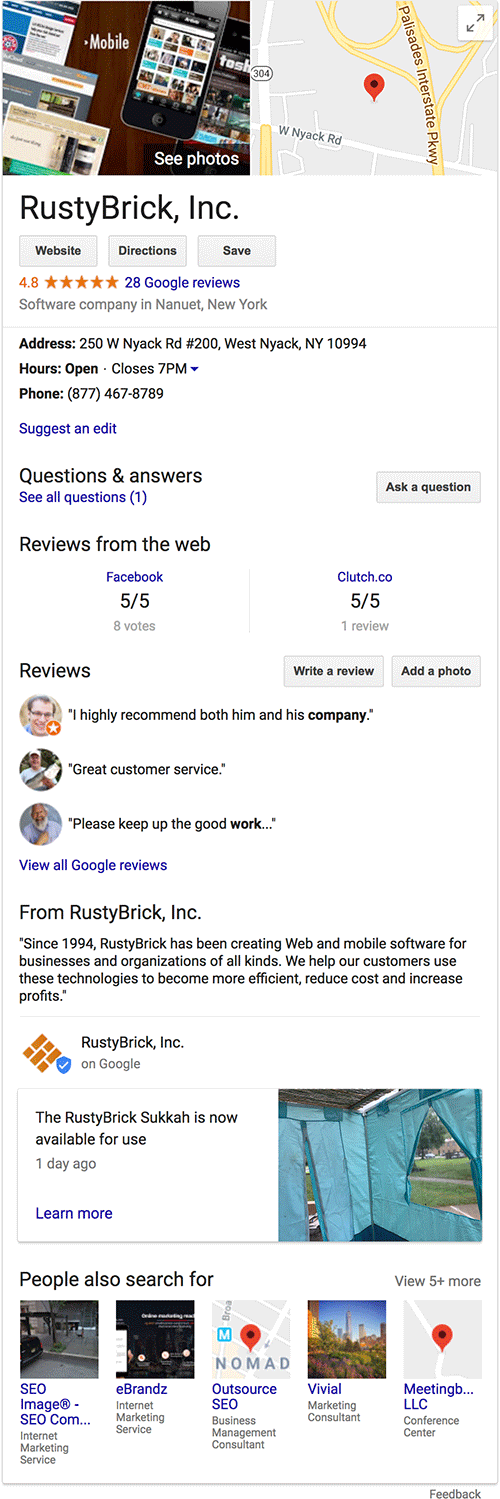


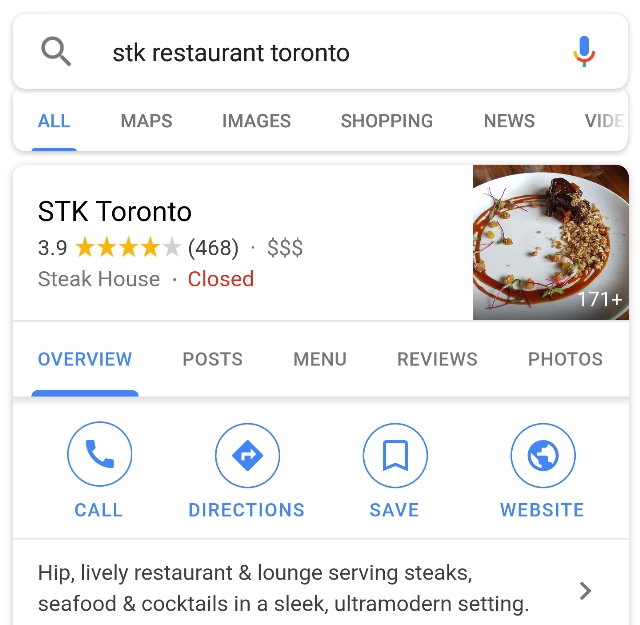
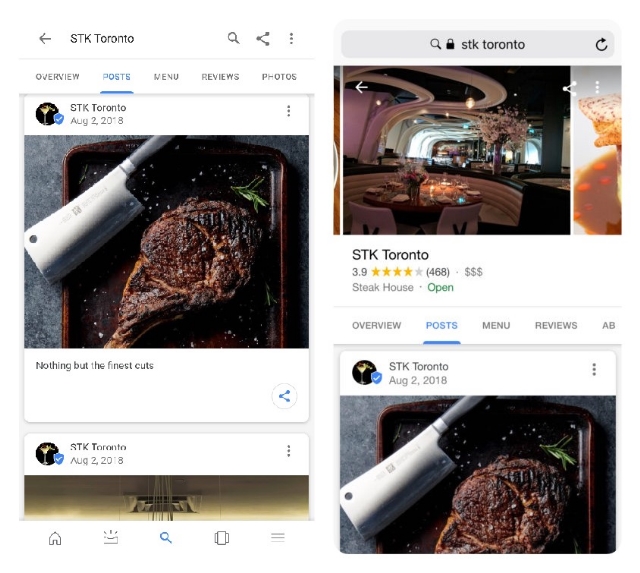

 Business owners can now see exactly what search terms people are using to find their Google My Business listings with Search Query Insights, giving you an opportunity to see where your listing is succeeding and what areas may need to be better optimized.
Business owners can now see exactly what search terms people are using to find their Google My Business listings with Search Query Insights, giving you an opportunity to see where your listing is succeeding and what areas may need to be better optimized.

